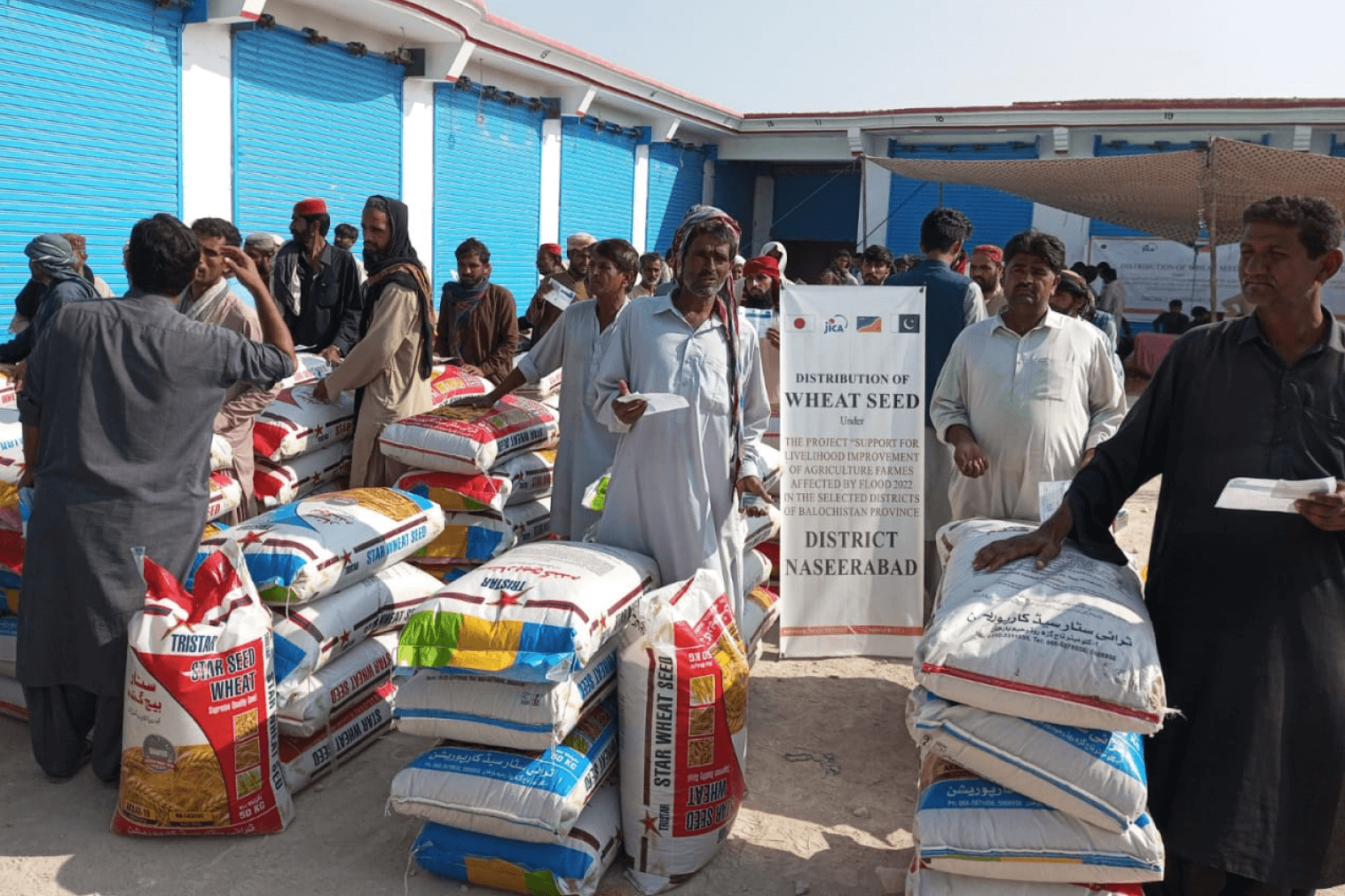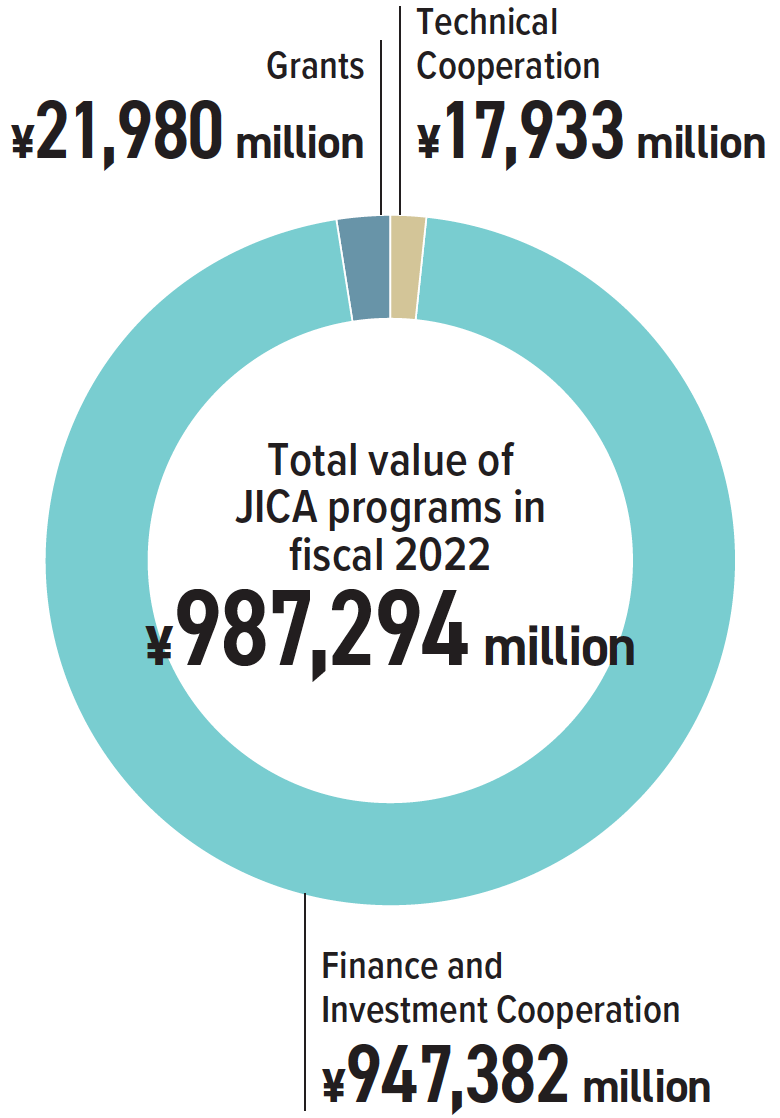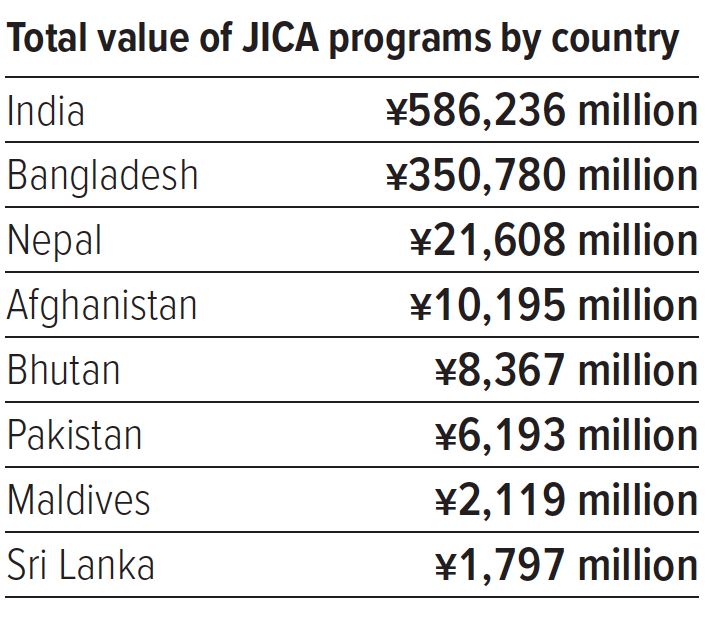Overview by Region
South Asia
Building Resilient Social Systems for Regional Stability and Development
Overview by Region
South Asia
Building Resilient Social Systems for Regional Stability and Development
A region heavily influenced by global dynamics and climate change
South Asia is a geopolitically important region that connects Southeast Asia with the Middle East and Africa. With a population of approximately 1.9 billion, a quarter of the global population, with nearly half under age 25,*1 the region is experiencing significant growth in consumption and labor markets.
Tapping into the potential of this youth population, development of human resources and infrastructure is required to sustain economic development. Meanwhile, the number of people in absolute poverty in the region is about 150 million, or a quarter of the world’s total,*2 highlighting the importance of building inclusive, resilient, and sustainable societies, as stipulated in the SDGs.
In 2022, regional economic growth slowed to 6.1%.*3 Countries in the region are still facing economic challenges due to global inflation resulting from Russia’s aggression against Ukraine, in addition to significant effects from natural disasters due to climate change. Among others, Pakistan was hard hit by devastating floods.
Cooperation with a focus on building inclusive and resilient societies
JICA has been proactively cooperating to build inclusive and resilient societies to address these challenges.
In fiscal 2022, in response to the economic crisis in Sri Lanka, JICA made an emergency procurement of maize seeds for the country and contributed to Sri Lanka's food security.For Pakistan, JICA provided emergency relief supplies in the wake of floods. It also cooperated in the analyses led by international organizations to assess the extent of damage and identify what assistance was needed for reconstruction efforts.
Across the entire region, JICA focused on climate actions, such as disaster risk reduction (DRR) and afforestation. Combining various methods of cooperation, JICA also worked on a range of other issues such as (1) developing infrastructure; (2) improving the investment environment; (3) improving access to basic human needs, including education; (4) securing regional peace and stability; (5) strengthening intra- and interregional connectivity; and (6) developing human resources through the JICA Chair and accepting international students in Japan.
Going forward, JICA will further enhance its cooperation, focusing more actively on gender mainstreaming and digital transformation (DX).
Regarding Afghanistan, after the Taliban took control of Kabul in August 2021, JICA continued its support and considered other possibilities for assistance to meet a wide range of humanitarian needs through collaboration with international organizations and in line with Japanese government policies.
*1 Calculated based on data from United Nations, “World
Population Prospects 2022.”
*2 Calculated based on data from World Bank, “Poverty and
Shared Prosperity 2022: Correcting Course.”
*3 World Bank, “Global Economic Prospects, January 2023.”

Pakistan: JICA distributed wheat seeds among flood-affected farmers under an ongoing technical cooperation project. The distribution was promptly completed by the planting season of November, and it contributed to the recovery of wheat yields the next year.


Note: For the total value of JICA programs, see the note on “Programs by Region” on page 37. For Central America and the Caribbean, the above table lists only countries with program value of ¥100 million and over. Totals may not add up due to rounding.

